Uk business letter template
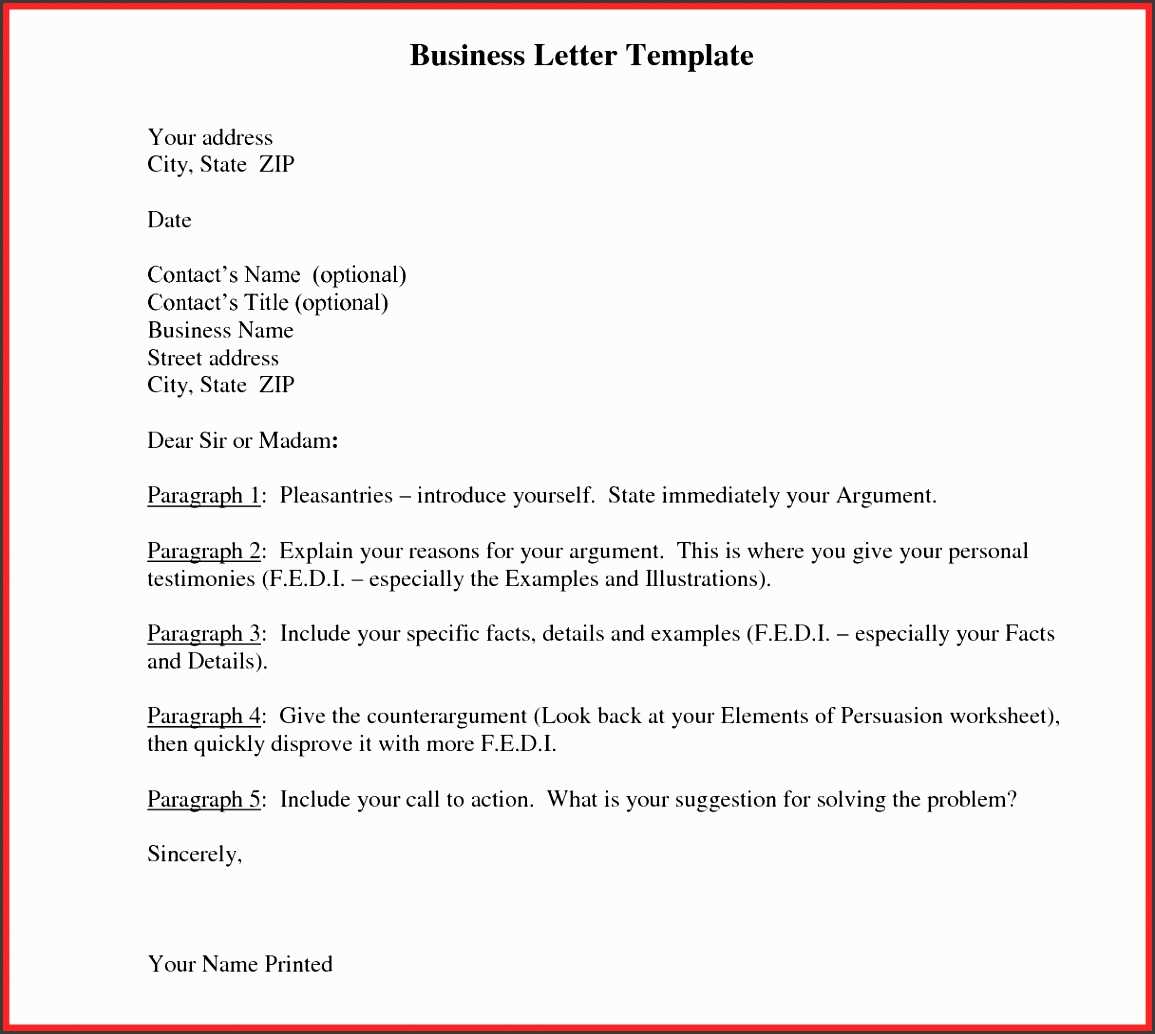
Basic Structure
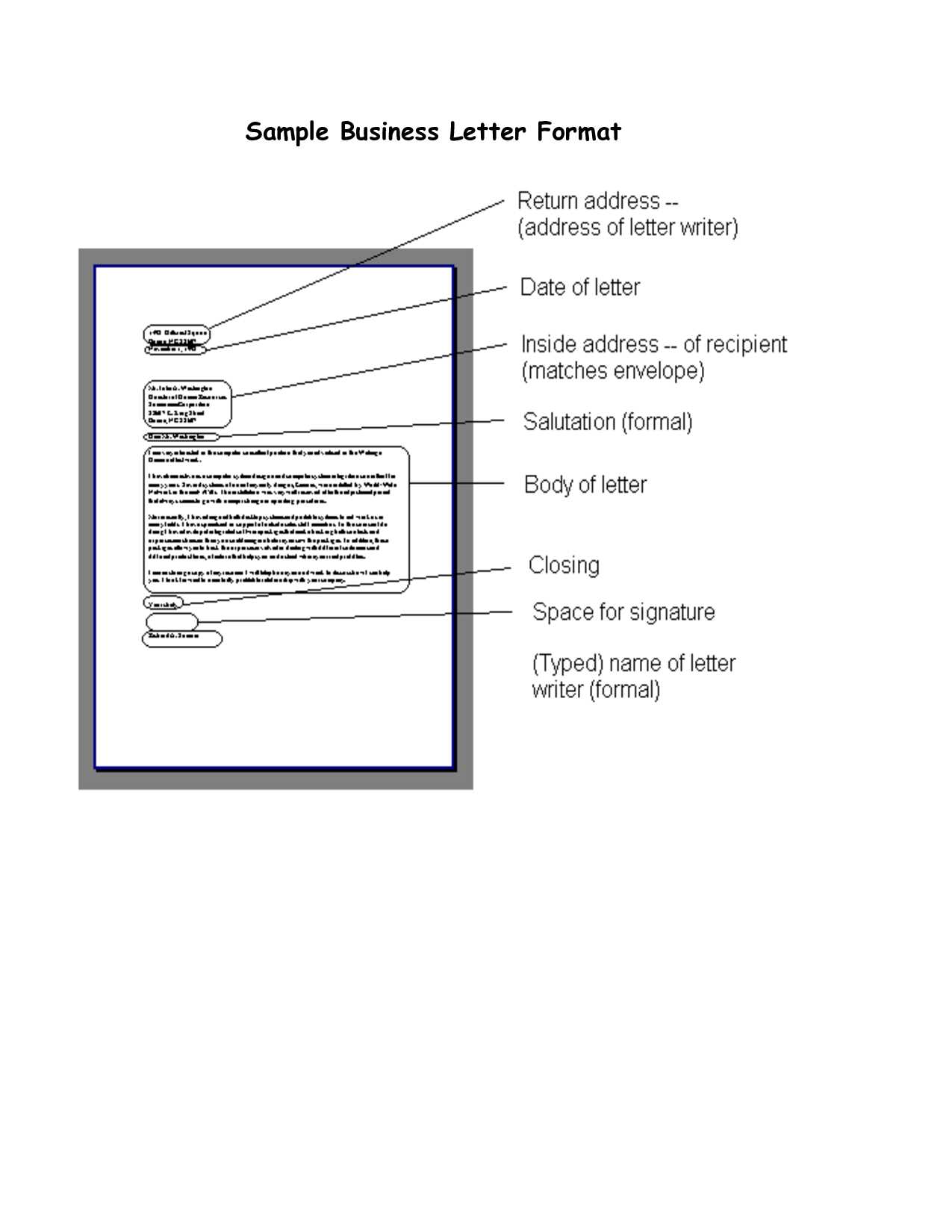
A professional business letter in the UK should have a clear, structured format. Here’s a layout to follow:
- Your Name and Address: Place your full name and address at the top left corner of the page. Skip a line after your details.
- Recipient’s Name and Address: Below your address, include the recipient’s name and address, aligned to the left. If you don’t know the recipient’s name, use “Dear Sir/Madam”.
- Salutation: Start with a polite greeting such as “Dear [Recipient’s Name],” or “Dear Sir/Madam,” if the name is unknown.
- Subject Line (optional): Some letters include a subject line, which is particularly helpful in business correspondence. It helps the recipient quickly understand the purpose of your letter.
- Introduction: Begin the letter by stating the reason for writing. Be clear and direct from the outset.
- Main Body: Present the details of your message in clear, concise paragraphs. Avoid irrelevant information, keeping the content specific to the subject.
- Closing Paragraph: Summarize your request or statement briefly, indicating any expected actions or next steps.
- Signature: Close with “Yours faithfully,” if you addressed the recipient as “Sir/Madam,” or “Yours sincerely,” if you used their name. Leave space for your signature before typing your name below.
- Enclosures (optional): If there are any enclosures, list them under your name.
Example Template
Here’s a sample template for writing a business letter:
Your Name Your Address City, Postcode Date Recipient’s Name Recipient’s Title Recipient’s Company Name Recipient’s Address City, Postcode Dear [Recipient's Name], Subject: [Brief Subject of the Letter] I hope this letter finds you well. I am writing to [state the reason for your letter]. [Provide details or explanation as needed]. [Offer any necessary actions, requests, or solutions.] Thank you for your time and consideration. I look forward to your response. Yours sincerely, [Your Full Name] Enclosures: [List of any documents enclosed, if applicable]
Tips for Writing Business Letters
- Be concise: Stick to the point and avoid excessive details.
- Use formal language: A professional tone reflects the purpose of the letter.
- Check grammar and spelling: Proofreading ensures the letter maintains credibility.
- Keep paragraphs short: This makes the letter easier to read.
- Maintain a polite tone: Always end on a positive and respectful note.
UK Business Letter Template Overview
Selecting the Right Format for Your Letter
How to Address Recipients Formally
Structuring the Introduction of Your Letter
Essential Elements to Include in the Body
Closing Your Letter: Key Considerations
Frequent Mistakes to Avoid in Business Correspondence
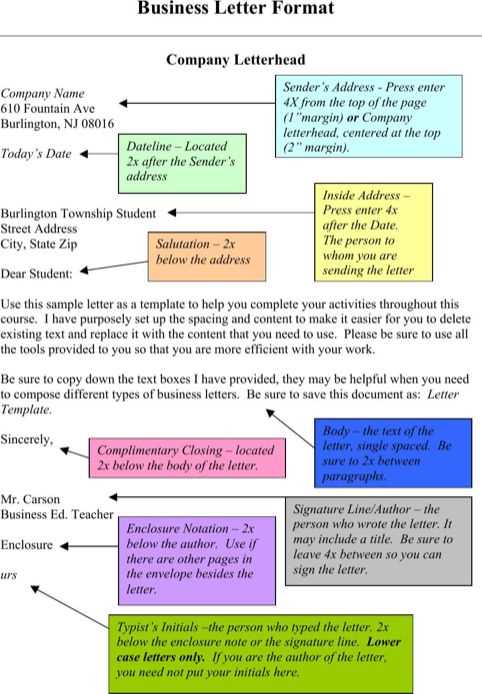
When crafting a business letter, clarity and professionalism matter most. Choose the right layout based on the purpose: formal, semi-formal, or informal. A standard formal format includes your address at the top, followed by the recipient’s address, the date, and the subject line before diving into the body. Adhering to this structure ensures your message is delivered effectively.
Selecting the Right Format for Your Letter
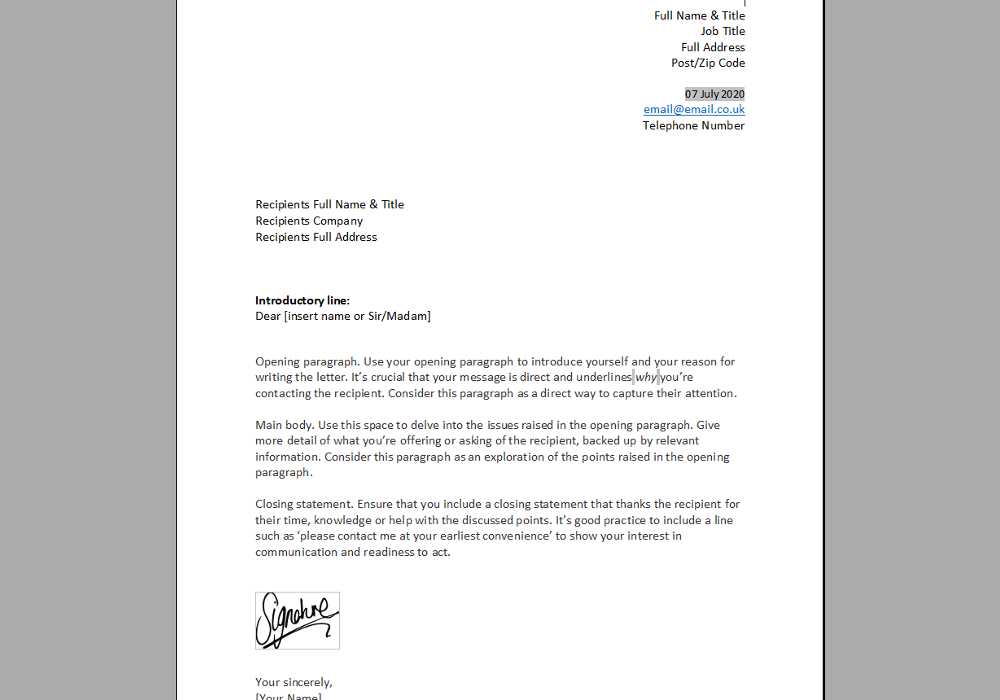
Always match the format to the tone of your communication. For formal correspondence, use the block format, where everything aligns to the left. Semi-formal and informal letters may incorporate slight modifications, but keeping the layout clean and easy to follow is key.
How to Address Recipients Formally
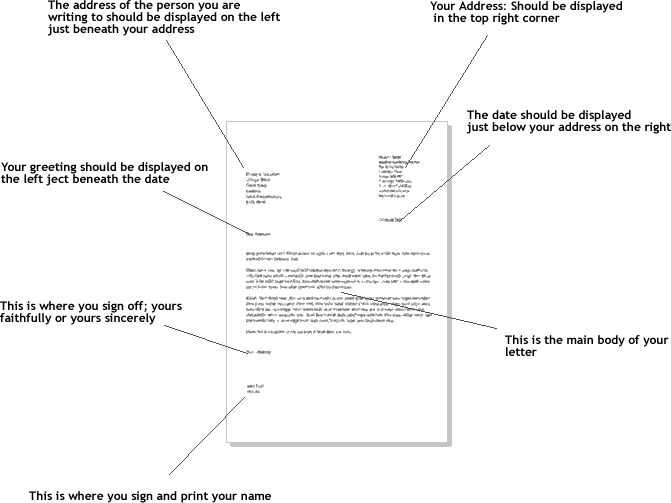
Use the proper salutation, addressing the recipient by their title and surname–e.g., “Dear Mr. Smith” or “Dear Dr. Jones.” Avoid using first names unless the relationship is less formal. If the recipient’s gender is unclear, use their full name or a neutral greeting like “Dear [Full Name].”
The introduction should be brief yet to the point. State the purpose of your letter right away, without unnecessary background. For example, “I am writing to inquire about…” or “I would like to discuss…” This ensures the recipient knows the intention from the start.
The body of the letter contains the most important information. Keep it concise, using clear language to explain your request, issue, or message. Break the content into short paragraphs to enhance readability, and ensure each paragraph covers a specific point or idea.
End your letter with a strong, courteous closing. Phrases like “Sincerely,” “Yours faithfully,” or “Kind regards” work well, depending on the level of formality. Always leave enough space for your signature, and if sending electronically, include your typed name and job title.
Avoid these common errors: writing overly long sentences, failing to check for spelling or grammatical mistakes, and using overly complex language. Always make sure to proofread and format your letter correctly before sending it out.